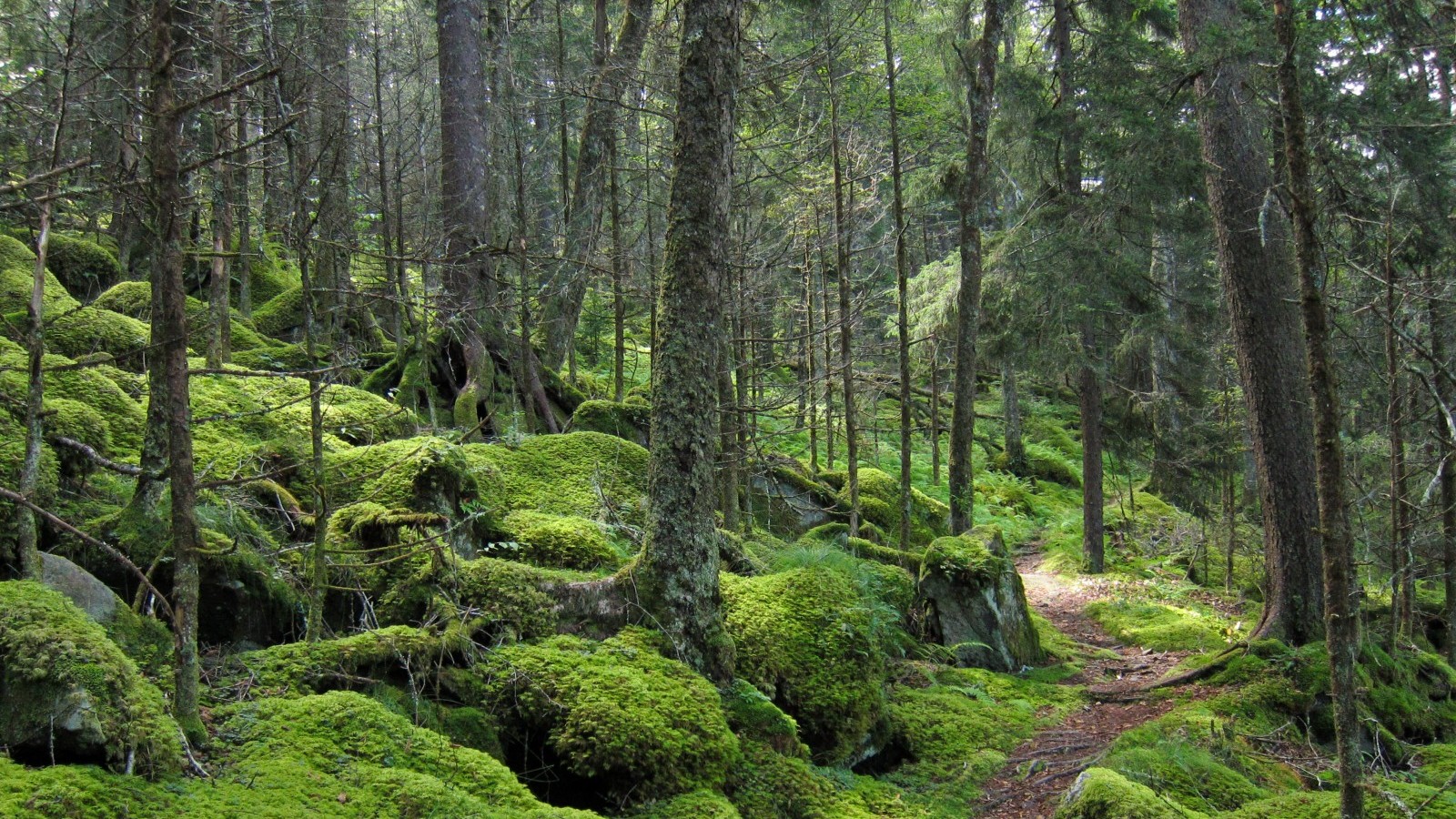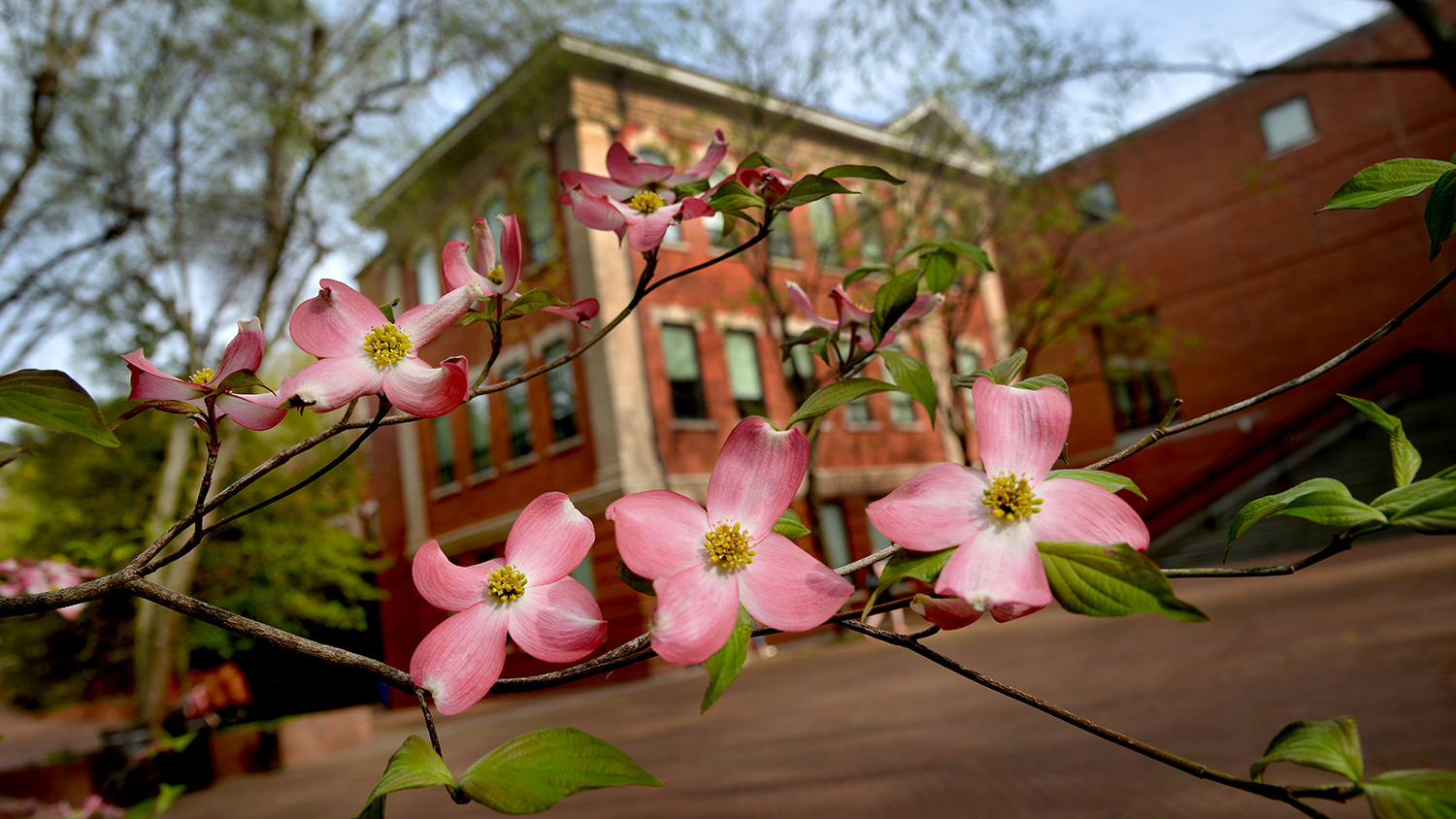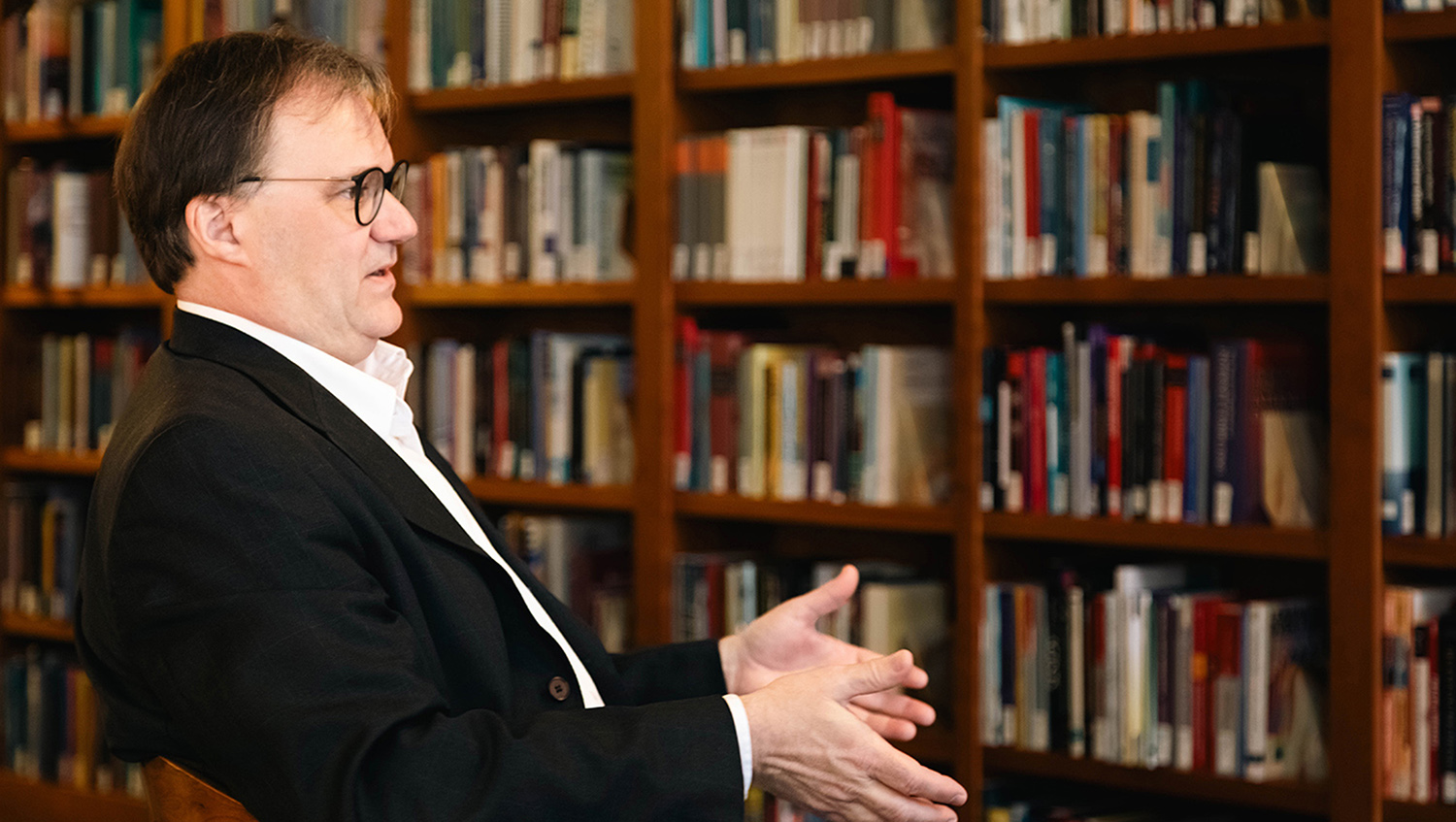Eco Apps: A Guide to Going Green

On TV, an advertisement asks viewers to take the bus to work. “Help eliminate greenhouse gases,” it says.
Online, a wildlife service blog offers insights and tips on how to preserve local endangered species.
The big blue bin outside the house says, “Recycle.” The flyer in the mail promotes a do-it-yourself composting workshop.

We encounter messages every day that encourage sustainable choices. And most of the time, the communication is going one way — information being relayed by experts that the public is supposed to consume.
NC State doctoral student Eli Typhina says those common forms of environmental communication, while important, cannot solely be responsible for motivating the public into action. They are limited, she said, in their capacity to incite long-term behavioral change.
After spending the past four years researching how to increase public engagement, Typhina believes a better solution may lie in the palms of more and more people’s hands: mobile phones.
Harnessing the power of geospatial technologies and large-scale social networking, Typhina says mobile phone applications not only have the power to encourage users to learn about urban agriculture, for example, but also to take and share photos of city farms, connect with local growers or create their own environmental messages.
“The strength of a mobile phone is that it prompts people to interact with nature and each other, which leads the public to come up with their own interpretations for what sustainability means,” said Typhina, who is pursuing a Ph.D. in Communication, Rhetoric and Digital Media. “Newspapers, brochures and TV ads create a construction of reality that a person should absorb and believe — ‘This is how nature is being harmed and this is what you should be doing.’
“The mobile phone does that to an extent, but instead of creating reality, it is a guide.”
Typhina published some of her findings in a 2015 paper, “Eco-apps: Design to influence environmentally friendly behavior,” in the International Journal of E-Services and Mobile Applications.
As part of her dissertation, Typhina created a methodology that developers can use to design environmental apps. The process, called the “actor diagramming and tracing method,” aims to transcend the simplicity of many existing eco apps by incorporating all the contributors of an environmental problem into the design phase, not just experts.
The idea is that by approaching the problem through a broader scope, the resulting app will encourage users to engage in a variety of solutions over a longer period of time, rather than simply completing a checklist.
She wrote about the method in a book chapter, “Participatory Techno-Building: Actor Diagramming and Tracing Method,” which will be published late 2017 in the edited book, Expanding the Boundaries of Communication and Public Participation (SUNY Press).
Testing Her Idea

Typhina tested out her idea as part of a study on a proposed sustainable forestry app she hopes to one day develop. The app, in theory, would help family landowners better manage their forests.
For the study, which she catalogs in the book chapter, Typhina and undergraduate research intern Tarang Malaviya sought input from two groups of participants to design two apps. To learn more about Malaviya’s role in the project, click here.
The first app design, which didn’t follow Typhina’s methodology, relied heavily on input from experts with the North Carolina Cooperative Extension Forestry and the American Forest Foundation. At focus group meetings, the experts identified what they considered to be the largest problem facing family forest owners: a general difficulty in documenting land changes and finding useful information.
As a solution, the experts brainstormed an app design that would function like a journal, one allowing users to record their activities in the forest, get advice on sustainable fixes and connect with educational organizations through websites, phone and email.
For the design of the second app, which did follow the methodology, Typhina sought to involve all the players that contribute to sustainable forestry. She interviewed forest professionals, shadowed and interviewed family forest owners and observed wildlife and plants while on the family land.
The participants in the second design identified a more complex, nine-pronged problem. It was summarized by the idea that forestry management is a lifelong commitment, one that requires a network of supporters and careful thought and action.
As a solution, the participants envisioned a social networking app, similar to Facebook. The design would allow users to create profiles and connect with other landowners and organizations to build relationships, glean valuable information and receive support.
Typhina said the second app design offered more resources to understand the complexity of the problem at hand. In turn, the solution was not a simplified checklist that users could cross off and be done with, but an app that encourages users to follow a path to their own informed decisions.
“This method does take more time, but in the long run it will result in people actually changing their behavior,” Typhina said. “Anybody that does design work knows that the more perspective you gain, the clearer the picture becomes.”
To say empirically that one app design is better than the other, Typhina hopes to secure funding to develop both app prototypes from the study. She could then test them on users across the state. Her ultimate goal is to figure out which design is best and create a national app for family forest owners.


